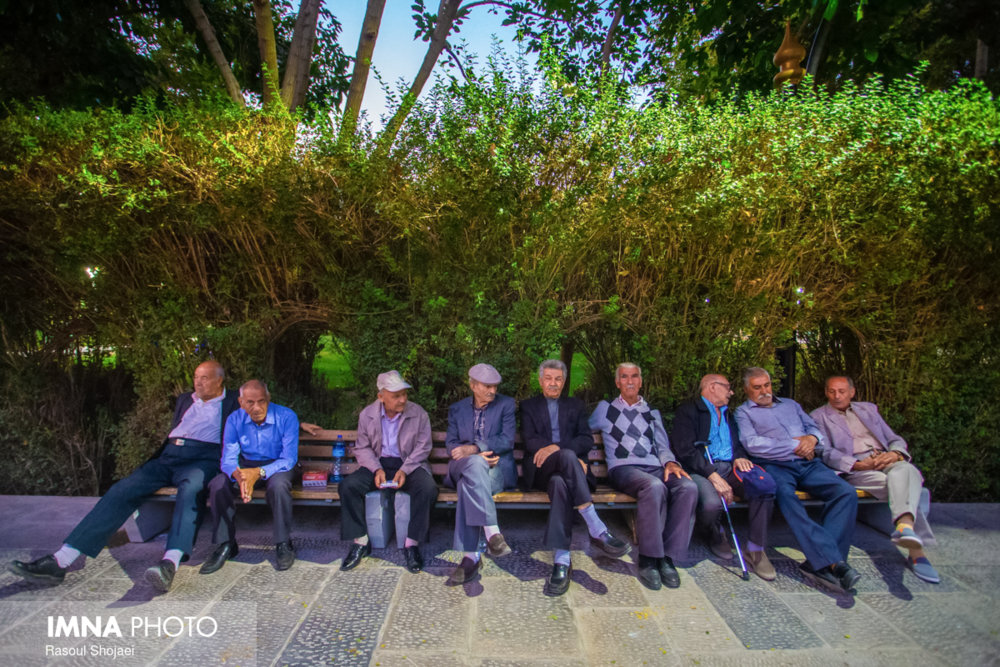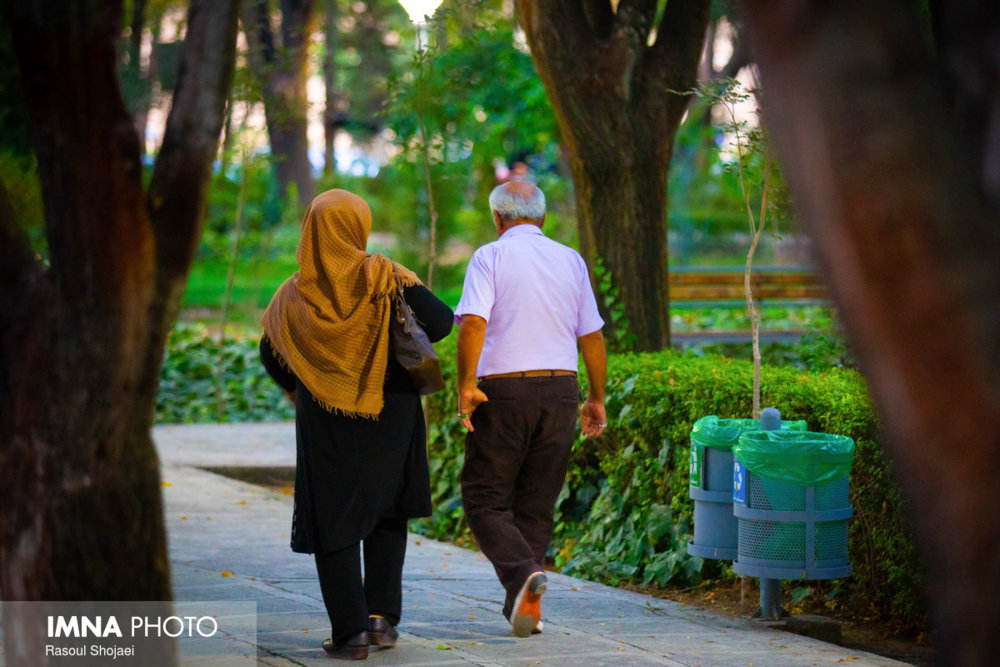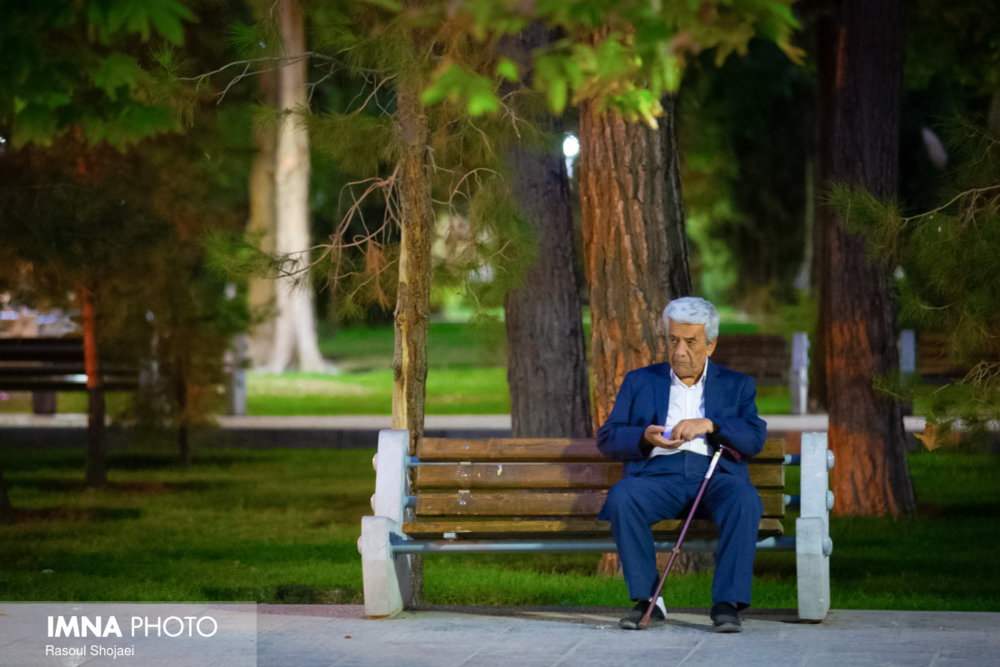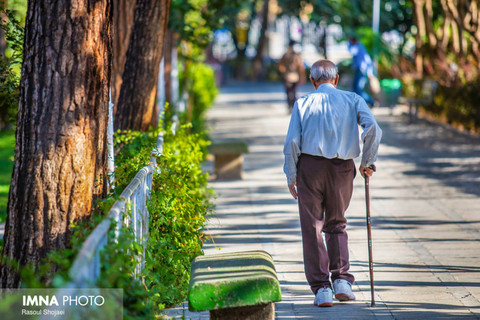Iran (IMNA) - Established on December 14, 1990, by the United Nations General Assembly, October 1st marks the International Day of Older Persons. This year's theme, "Digital Equity for All Ages," underscores the significance of ensuring access and meaningful participation in the digital realm for older individuals.
Global Aging Population Set to Double by 2050, Eastern and South-Eastern Asia to Experience Largest Increase
According to recent projections, the number of older persons worldwide is expected to more than double over the next three decades, surpassing a staggering 1.5 billion individuals by 2050. This significant growth in the aging population will be witnessed across all regions, with notable variations in different parts of the world between 2019 and 2050.

Eastern and South-Eastern Asia are anticipated to witness the most substantial increase, with the number of older persons projected to surge from 261 million in 2019 to a staggering 573 million by 2050. This region alone is predicted to experience a remarkable rise of 312 million individuals.
On the other hand, North Africa and West Asia are poised to witness the fastest increase in the number of older persons. The population of older individuals in this region is expected to skyrocket from 29 million in 2019 to 96 million in 2050, representing a staggering 226 percent increase.
In light of these rapid demographic changes, experts emphasize the pressing need to address the growing demand for healthcare services. The implications of this aging population extend far beyond health concerns, as it can significantly impact various aspects of society, including the production cycle within the country.
Teaching Digital Technologies to the Elderly Vital During Pandemic, Says Expert
In a recent statement, Seyed Hasan Mousavi-Chalak, the head of the Iranian Social Workers Association, emphasized the significant role of learning digital technologies in meeting the daily needs of the elderly. Particularly during the ongoing coronavirus pandemic, teaching technology to the elderly can provide them with a sense of usefulness and empowerment.
Mousavi-Chalak further highlighted that the elderly population is more vulnerable to the pandemic, as it has greatly affected various aspects of their lives, including social interactions and access to healthcare. The enforced social isolation has also resulted in severe trauma among the elderly. Acknowledging these challenges, policymakers are now reassessing their approaches to elderly health across different domains.
It is worth noting that Iran is experiencing rapid aging, with the elderly population growing at an alarming rate. In light of this demographic shift, ensuring the well-being and optimal health of the elderly has become a top priority for the country.

Aging Population Raises Concerns as Elderly Face Growing Challenges
The elderly population, which continues to grow at an alarming rate, is encountering a myriad of complex issues. Without prompt action, we are bound to confront a looming crisis in the not-so-distant future.
Over the past years, significant efforts have been made to address the concerns of the elderly. Notably, after nearly two decades, national documents have been meticulously crafted to cater to their specific needs.
This comprehensive document extensively covers various aspects of the elderly's lives, addressing six key objectives. These objectives include ensuring sufficient income and livelihood, prioritizing health and well-being, promoting training and employment opportunities, establishing an empowering environment, enhancing the cultural landscape regarding aging, and developing essential infrastructure to support the aging population.
Global Life Expectancy on the Rise, Projected to Surpass 77.1 by 2050
According to a recently released document, the average life expectancy at birth worldwide has experienced a significant increase over the past few decades. Starting at 64.2 years in 1990, it climbed to 72.6 years in 2019. The projections indicate that this upward trend is set to continue, with an estimated life expectancy of 77.1 years by 2050.
Furthermore, the report highlights the changing demographics of the global population. In 2019, approximately one in every eleven individuals (9%) was aged 65 or older. However, experts predict that by 2050, this proportion will increase to one in six people (16%). This demographic shift indicates a significant increase in the aging population worldwide.
Interestingly, Iran stands out as one of the countries experiencing a rapid pace of aging. As the global population ages, Iran is also grappling with the challenges associated with this phenomenon. The country's demographic landscape is undergoing a notable transformation. In 1977, almost half of the population (46%) fell into the "young" category, meaning they were below the age of 15. However, this figure has now decreased to 23%, suggesting a decline in the proportion of young people in the country.
This demographic shift in Iran presents a unique opportunity known as the "demographic window of opportunity." Historically, other countries that have experienced this window of opportunity have witnessed economic prosperity. It is crucial for Iran to seize this moment before its working-age population starts to decline and age significantly by the 2050s. Taking advantage of this demographic advantage can pave the way for long-term economic growth and stability.



Your Comment